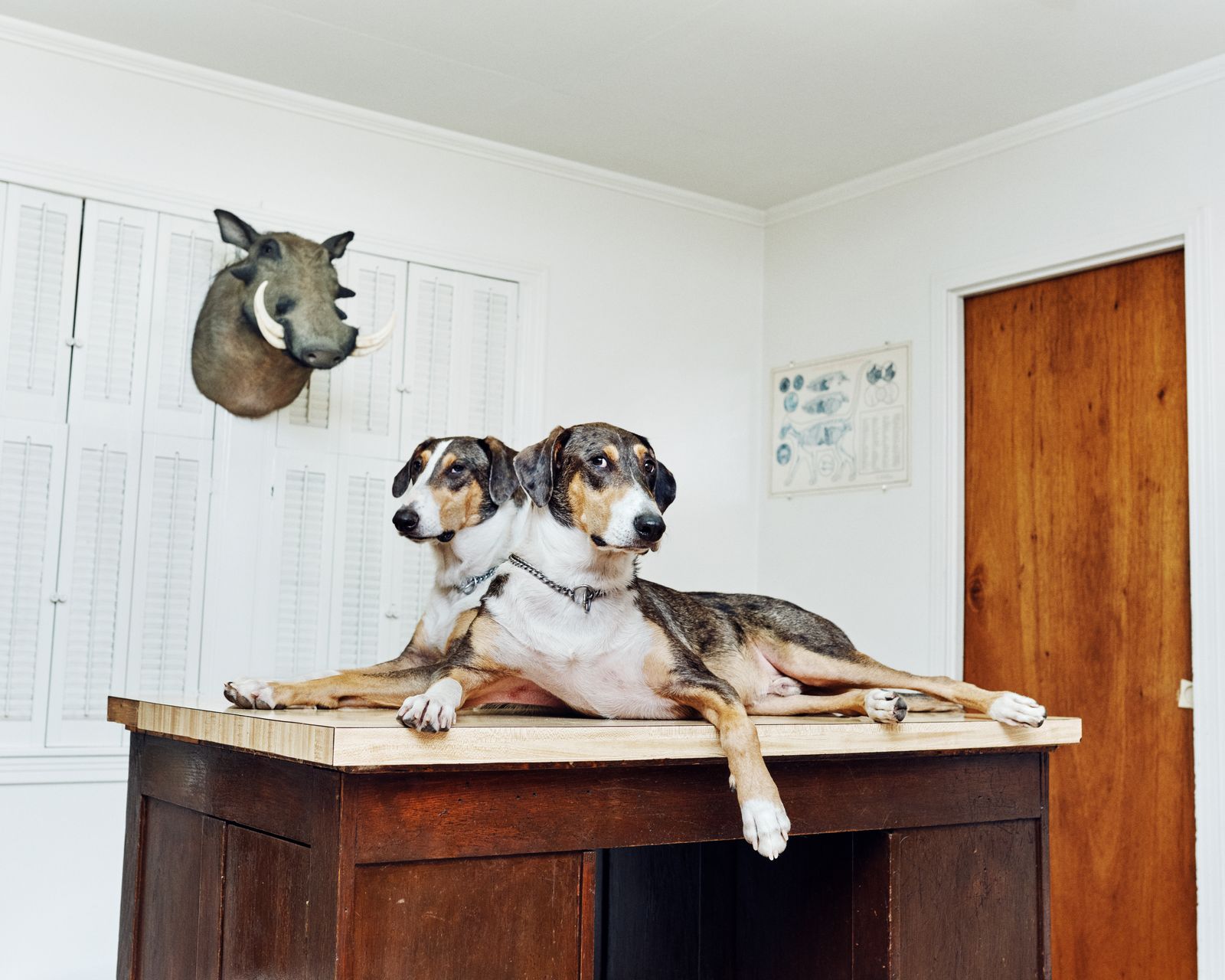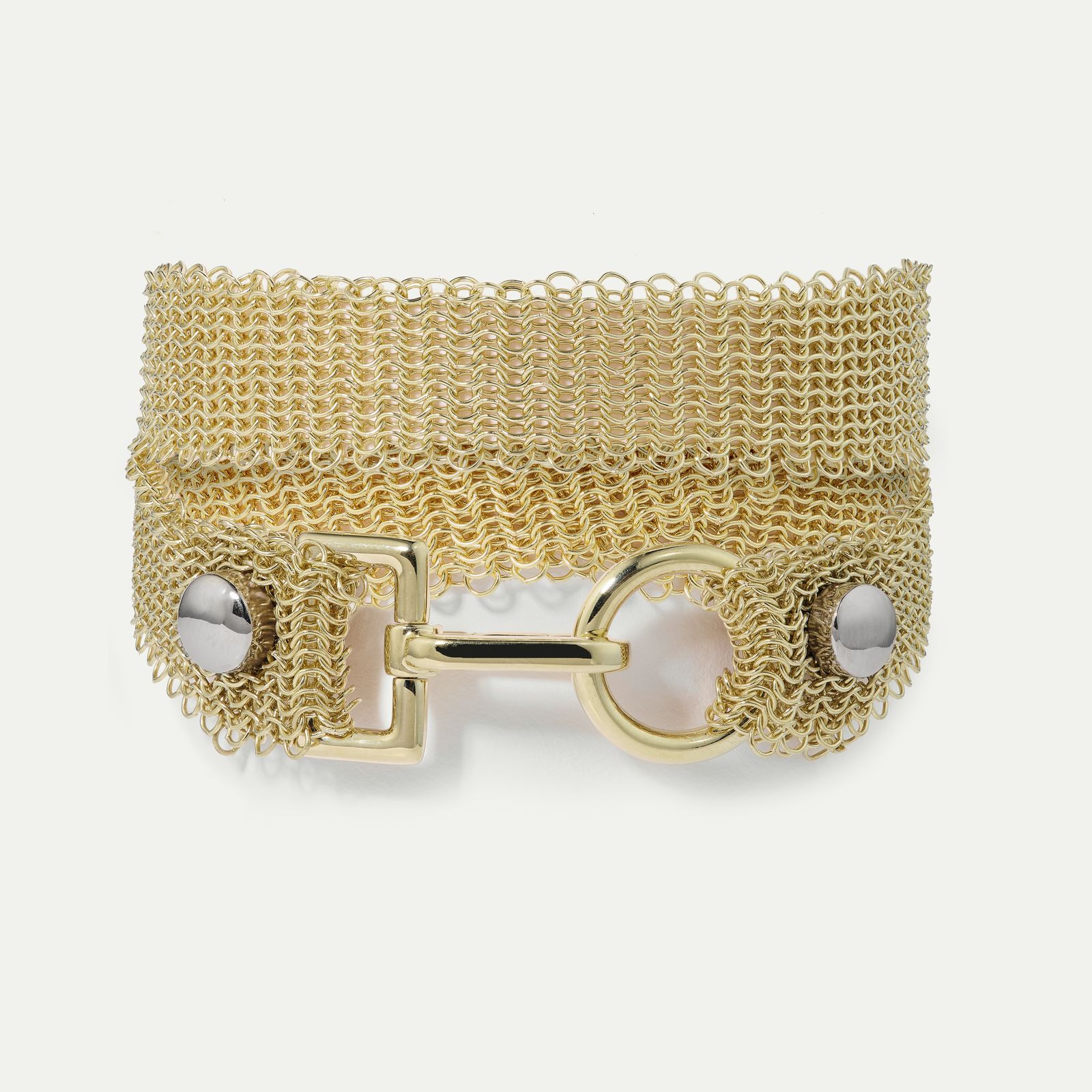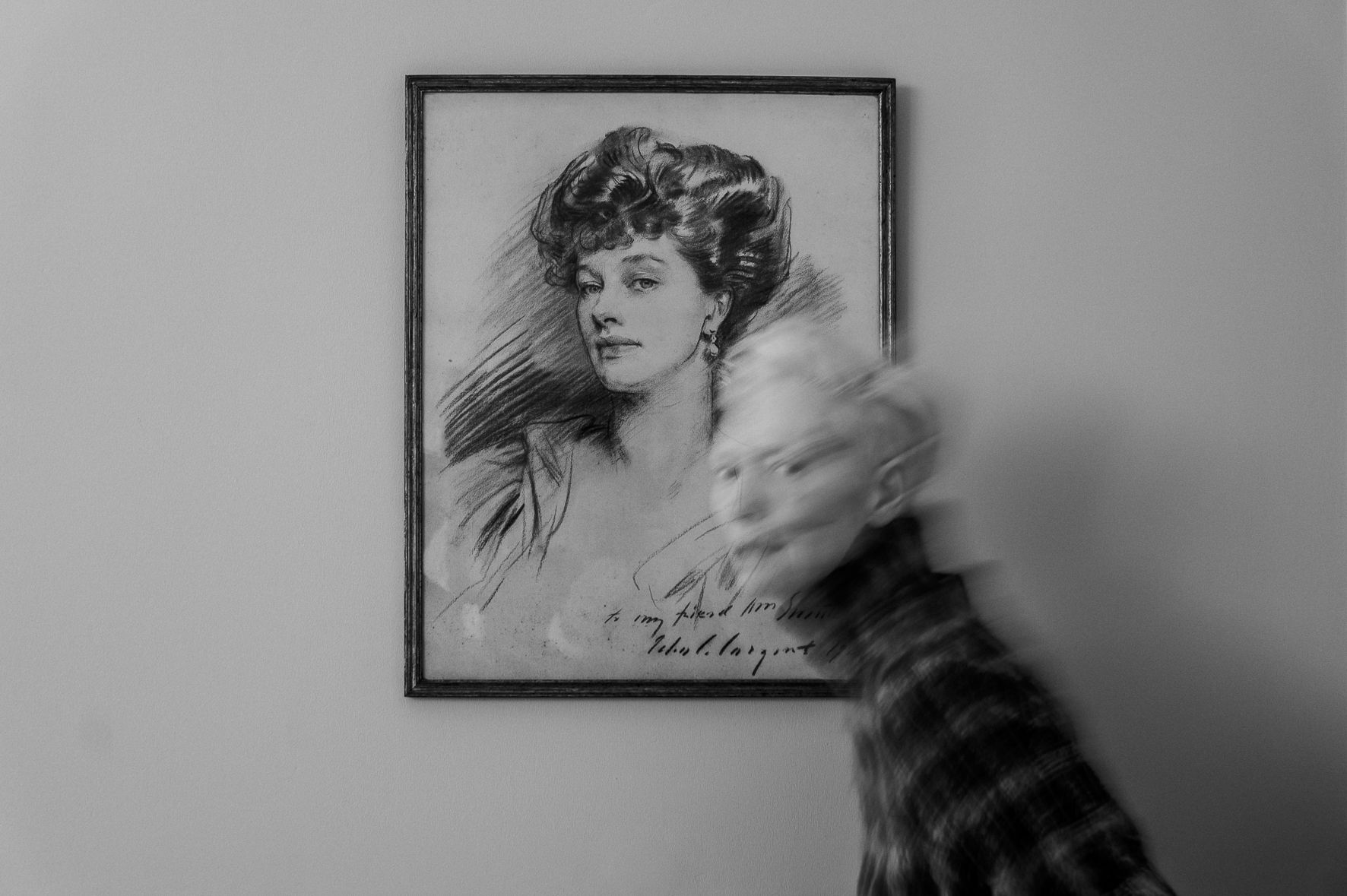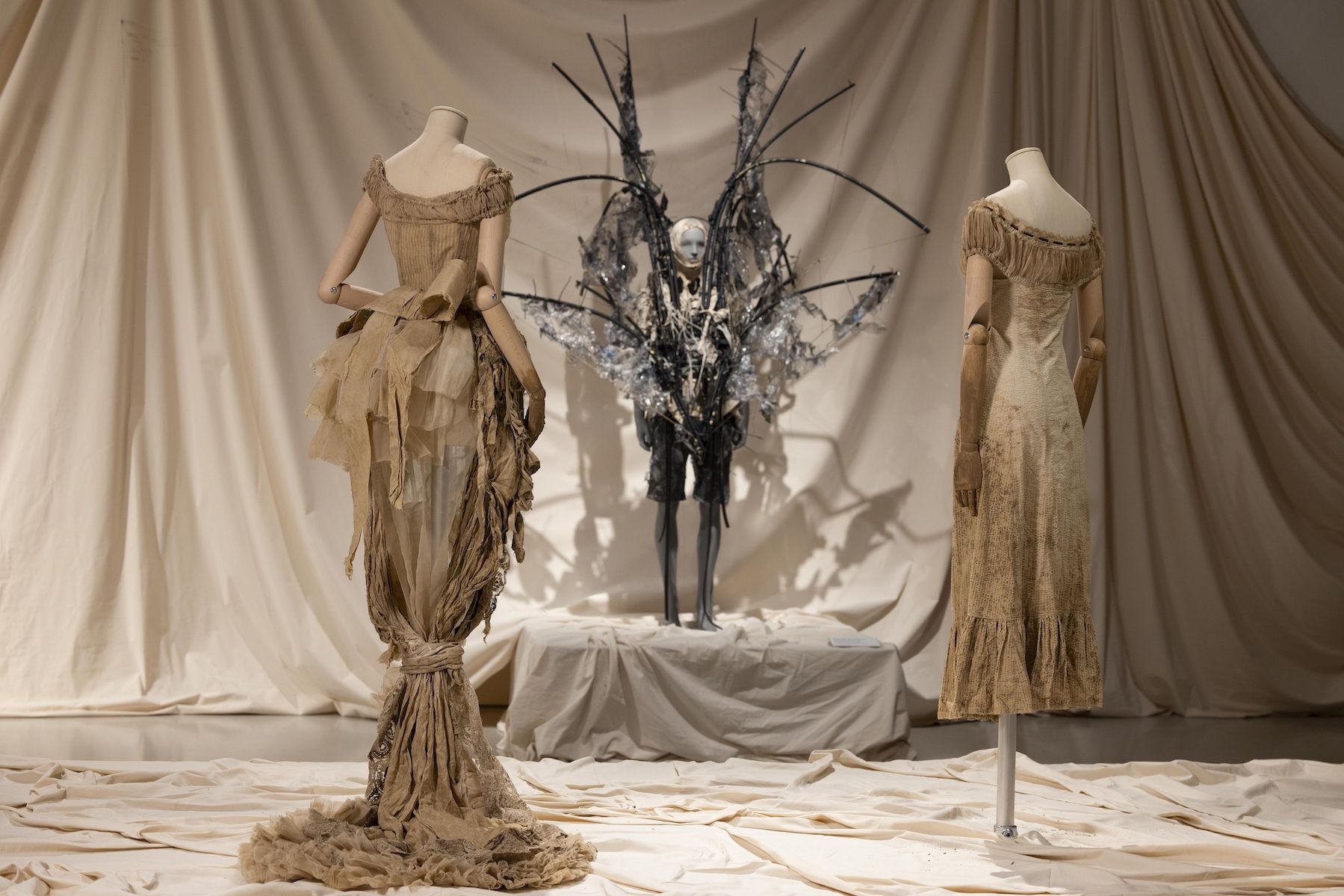| | Anna Fixsen, US editor
It’s official: this week the sun crossed the celestial equator and kicked off the official start of autumn. Across cultures, the changing of the season (in the northern hemisphere, anyway) marks a time to celebrate the harvest and the spirit of abundance. These last few days, appropriately, have brought with it a bounty of creativity around the world. |
 |
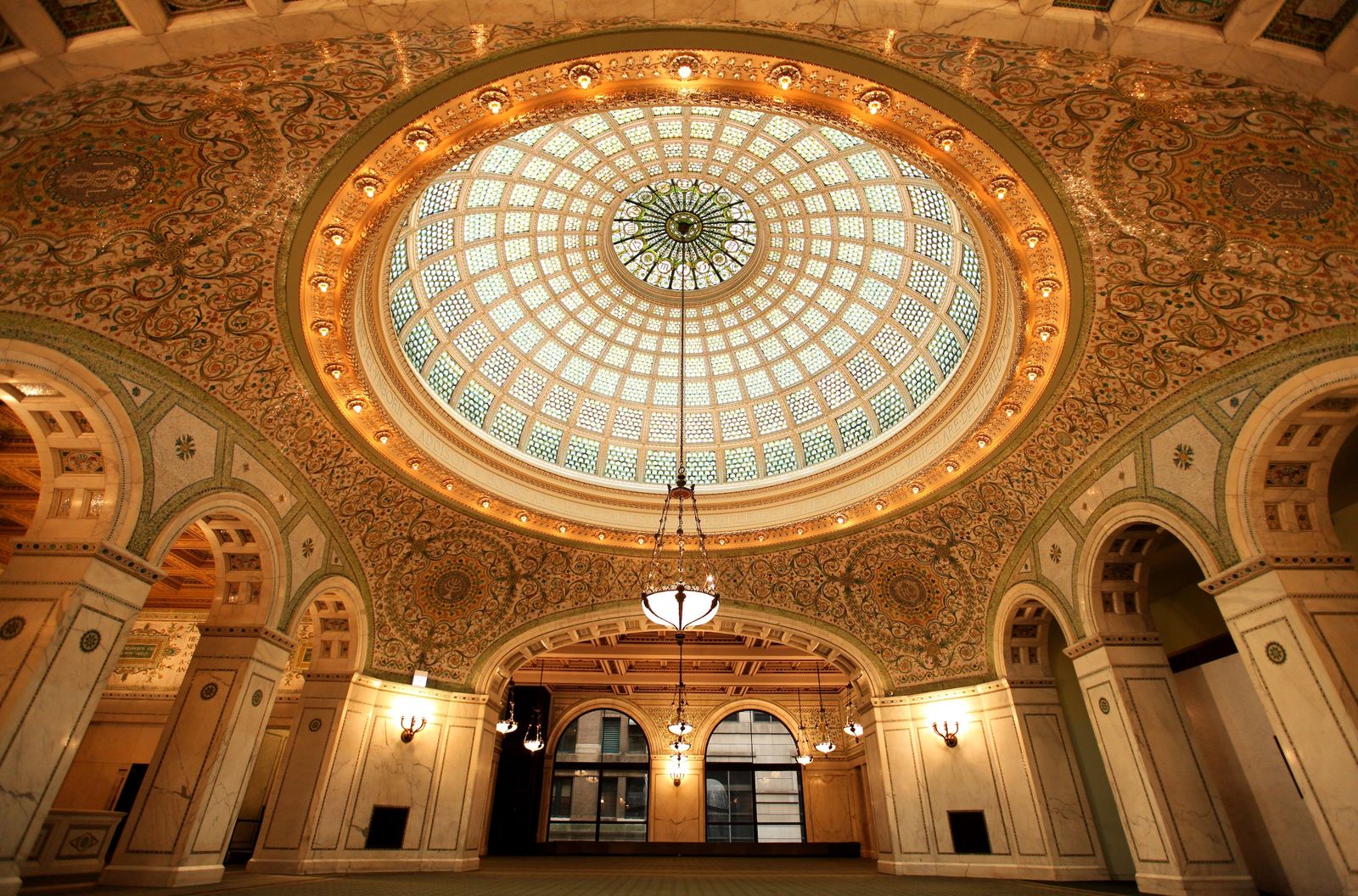 |
 |
In the Midwest (from which I proudly hail), the Windy City marked the first official week of the Chicago Architecture Biennial. The fair, now in its sixth edition, was curated by Florencia Rodriguez, who called on participants to address the theme of ‘Shift: Architecture in Times of Radical Change’. Installations popped up far and wide across the city, from the stunning neoclassical Chicago Cultural Center (pictured) to the lawn of the Griffin Museum of Science and Industry. Skip over the Lower Michigan Peninsula and you’ll also find the Detroit Month of Design festival, which is entering its final days. The September celebration highlighted Motor City’s status as a Unesco City of Design and the vibrant creative scene that’s taken root there (check out this community-focused nail salon for just a taste). My colleagues across the pond, meanwhile, are in the heady blur of fashion month. No invitation to the front row? No sweat – two style-related London exhibitions caught our attention this week, but for very different reasons. ‘ Dirty Looks,’ which just opened at the Barbican, is a delightfully provocative look at the intersection of filth and fashion. There’s a decaying jerkin by Hussein Chalayan, who’s explored burying and disinterring garments, as well as a mud-caked dress from Alexander McQueen. Our contributing editor, Dal Chodha, digs deeper below. If you’re craving something more fantastical, head over to the V&A, which just opened its blockbuster new exhibition, ‘ Marie Antoinette Style’. The show brings together items and ephemera that belonged to the ill-fated queen alongside dozens of modern couture creations inspired by her tale. One of the best things in the show is quite literally in the background: a sprawling ceramic tableau designed by Brooklyn-artist Beth Katleman that consists of thousands of porcelain miniatures cast from found objects. I popped by her studio, in the Gowanus section of Brooklyn, to get a peek into her process, which incorporates casts of kitschy objects sourced from thrift stores and Ebay. ‘I like the idea that people can construct their own narratives,’ she told me, ‘When you get in closer you have to piece it together for yourself.’ With this edition of Weekendpaper, we too encourage you to get in closer.
|
 |
 |
 |
 |
 |
 |
 |
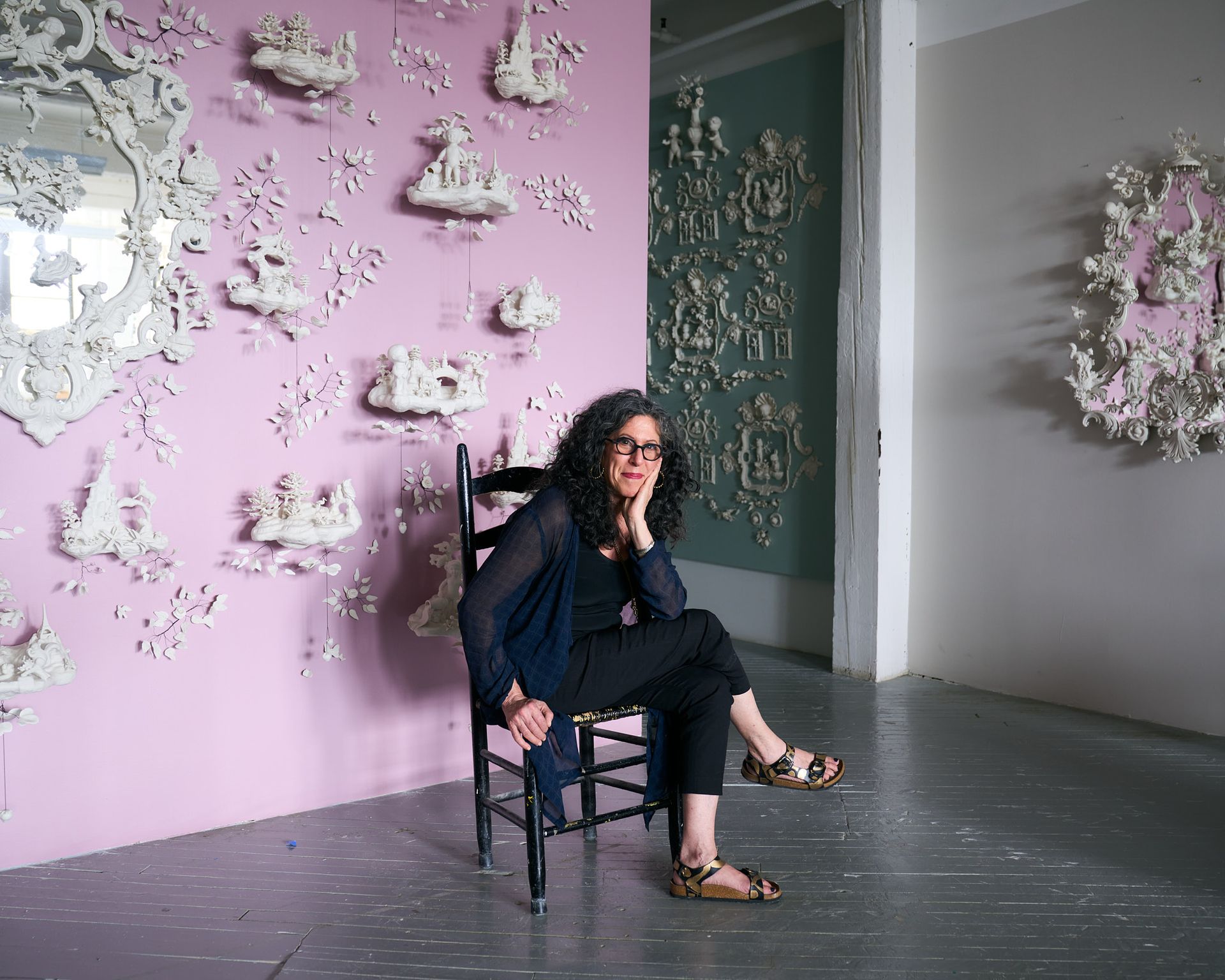 |
 |
Marie Antoinette’s complicated tale told in thousands of porcelain miniatures |
 |
Like the sweet-smelling powder with which she’d perfume her wigs, mythology has trailed Marie Antoinette for two-and-a-half centuries. ‘Marie Antoinette Style’, a new exhibition at the V&A in London, gets up close and personal with the French monarch and examines her enduring hold on visual culture, from her own belongings (like a pair of delicate silk slippers) to be-ribboned couture confections worn on the runway, stage and screen. In the show’s final section, behind a trio of Dior gowns by John Galliano and Maria Grazia Chiuri, is an elaborate, all-white toile de jouy tableau. Look closely and you’ll discover that the opulent pattern is made of thousands of three-dimensional porcelain miniatures. Peer closer still and you’ll recognise scenes from Antoinette’s life, rendered in kitschy – and often – haunting detail. Here, a diminutive porcelain model of Marie Antoinette on a swing; there, a tiny model of her shepherd’s hut at Versailles. But all is not as it seems in this fondant universe: an executioner lurks atop one of the mirrors in a Chinese Chippendale-style folly, while a bust of the queen herself has a mini guillotine tucked into her wig. This intricate installation is the handiwork of New York-based ceramic artist Beth Katleman. Anna Fixsen went to her studio. |
 |
Thomas Prior’s photography captures the uncanny fragility of American life |
 |
US photographer Thomas Prior rarely deals in spectacle. Instead, his photographs circle the edges of things, attentive to atmospheres rather than events. His new book, Slip Me the Master Key, published by Loose Joints, gathers two decades of such images into what he calls ‘quiet alarms’ – photographs that hum with unease, registering the uncanny in the ordinary.
The unease is not incidental. Prior’s subject is the Anthropocene, the term coined by scientists to describe a proposed new geological epoch in which human activity – burning fossil fuels, reshaping landscapes, driving mass extinctions – has become the dominant force shaping the planet. Once confined to academic debate, the word now reverberates through art, literature and photography as a way of grappling with life under conditions of profound human-made change.
How, though, do you photograph the Anthropocene without resorting to apocalypse? For Prior, the answer lies in restraint. ‘I see photography as an early warning signal,’ he tells Finn Blythe. |
 |
How Lagos’ street markets inspired a new generation of Nigerian creatives |
 |
On any given afternoon at Ebute Ero market it can seem as though the entire population of Lagos Island has gathered there. Tailors trudge the streets clinking giant scissors to advertise their services, while women selling the most vivid red tomatoes, spilling out of baskets, call out from corrugated iron-roofed stalls lining the teeming road. Then there are the moving traders with huge loads on their heads, carrying everything from sachets of water and pyramids of dried fish to cardboard boxes piled high.
Despite appearing chaotic, the marketplaces in Lagos are exemplars of ingenuity and organisation, according to some of Nigeria’s new-generation designers and architects, who spoke with Ijeoma Ndukwe about the inspiration they draw from the informal structures used by traders – from umbrella stalls to hand-held kiosks – which they regard as paragons of adaptability, flexibility and identity.
Explore the markets and meet the creatives finding inspiration there – from Tosin Oshinowo, whose research project on Nigerian markets has been on show at the 2025 Venice Architecture Biennale, to Nifemi Marcus-Bello and his portable handwashing station, a Wallpaper* Design Award winner developed during Covid. |
 |
|
| |
.gif)








